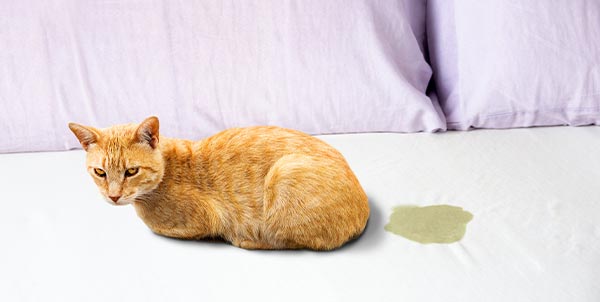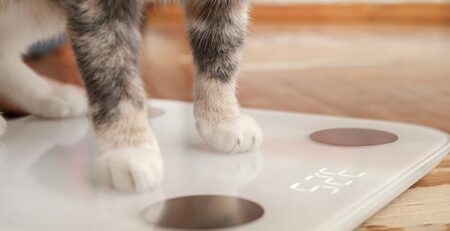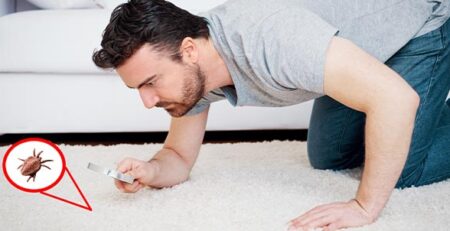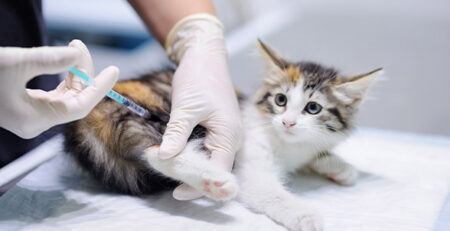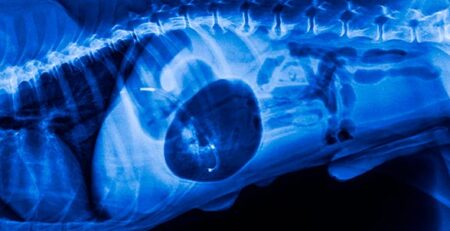Table of Contents
Cat behavioral disorders are a series of alterations in the animal’s behavior that are a direct result of its emotional or physical distress.
Unfortunately, cat behavioral disorders are often downplayed or underestimated.
The consequence is that as they become gradually more intense and entrenched, by the time its humans notice, it is too late to intervene.
When a cat exhibits abnormal behavior, there is a mistaken tendency to assume that it is mischievous
But in reality, cats don’t mischief.
The concept of spite, that is, performing a certain action with the intent to cause harm to someone, is typical of the human species and certainly not of animals.
If your cat suddenly enacts strange or different behaviors than usual, it is likely that it is sending you a call for help.
Behind an unusual attitude of the cat may also hide a pathology.
The nature of the disorder may be organic and not behavioral.
What are the most well-known and frequent cat behavioral disorders?
Cat elimination disorders top the list.
Second place appears to be intra- and interspecific aggression, followed by anxiety-related compulsive disorders.
Improper disposal: pee and feces outside the appropriate litter box
One must first distinguish between marking and urination in an undesirable place.
Cat urinary markings are spray emissions on a vertical surface (jambs, doors, walls).
In the wild, cats mark with urine to:
- sexual motivations
- define and delimit the territory
- create distances
- Communicate their presence to other conspecifics
Improper elimination of feces and urine in copious amounts that occurs on the floor or other horizontal surface is another matter.
Whether it usually occurs near the cassette or in more hidden places.
The significance of this attitude is to be related to a hygiene problem.
Dirty cassette, insufficient or inappropriately scented sand, for example.
Or the box used is inadequately sized, closed rather than open, or with edges that are too high.
On the other hand, when elimination occurs at different places all the time, the cat may suffer from cystitis.
He probably cannot get to the tape in time.
Aggressiveness
When the cat interacts with its humans and attacks and bites them without warning while they are petting it, it is called offensive contact aggression.
The most popular hypothesis is that the cat manifests aggression due to an altered weaning process or early detachment from the mother.
There is also a form of territorial aggression in the cat.
It particularly manifests itself with strangers entering the home or with individuals, cats or other animals that exceed the allowed individual distance.
Aggression may also be related to a state of physical pain.
Compulsive licking alopecia
It is normal for cats to spend a large part of their days engaging in grooming, that is, taking care of their coats.
You can start talking about behavioral disorders when the cat starts licking itself so intensely and for so long that it pulls its fur, especially on the belly and inner thighs.
The causes of this behavior include:
– In a condition of high anxiety and stress due to environmental factors that disrupt the animal’s routine
– in a food intolerance
– in the presence of fleas
– In the presence of environmental toxins (such as room sprays or chemicals used for cleaning)
Autotraumatism
Some cats tend to react to stressful stimuli by hurting themselves.
They may bite a paw or other part of their body until they bleed.
What to do in the presence of cat behavioral disorders?
Scolding the cat, or worse, punishing it, does absolutely no good.
In fact, you would only fuel his discomfort.
When talking about behavioral disorders, a distinction must first be made between:
-problemsof organic-metabolic origin .
-Psychological or emotional problems.
If you notice a sudden, unusual, and unusual change in your cat’s behavior, it is advisable for you to see your trusted veterinarian.
Your veterinarian will first check for underlying organic issues.
The Veterinarian and the Behaviorist
The behavioral aspect often influences the clinical aspect and vice versa.
Therefore sometimes the collaboration of two professionals may be necessary: the Veterinarian and the Behaviorist.
Excluding organic pathologies, it will then be the Behaviorist who will analyze the environment and the reasons why the cat behaves in certain ways and propose the solutions that the case requires.
The Behaviorist will help you see the world through your cat’s eyes and understand and respond to his or her individual and species needs.
By doing so, you will create the optimal conditions for a peaceful and fulfilling relationship for both of you.
If you need the support of a veterinarian experienced in feline behavior, book a consultation with our Staff Veterinarians who are always available to you.
We would also like to remind you that in case of need and urgency, Clinica La Veterinaria is always open h24 every day including holidays and with First Aid service from 8 pm to 8 am.
For the joy of seeing them HAPPY

